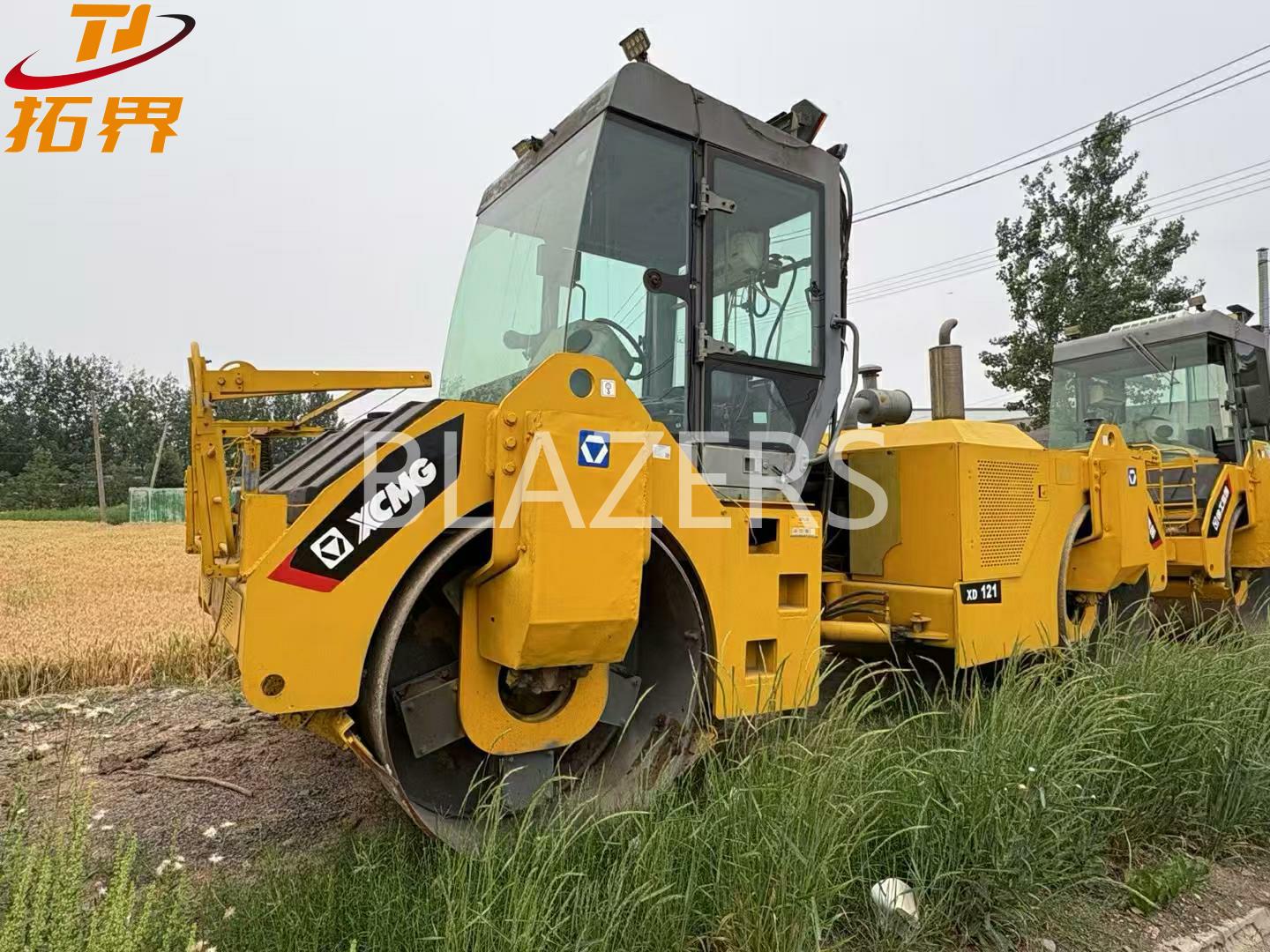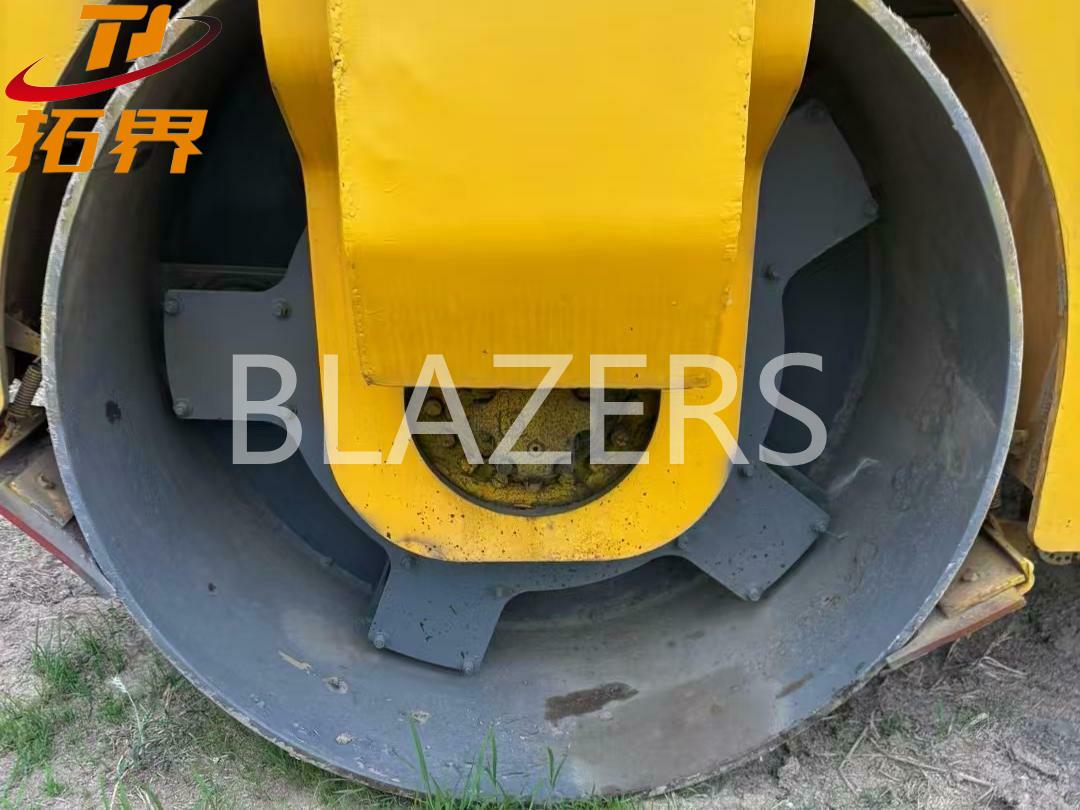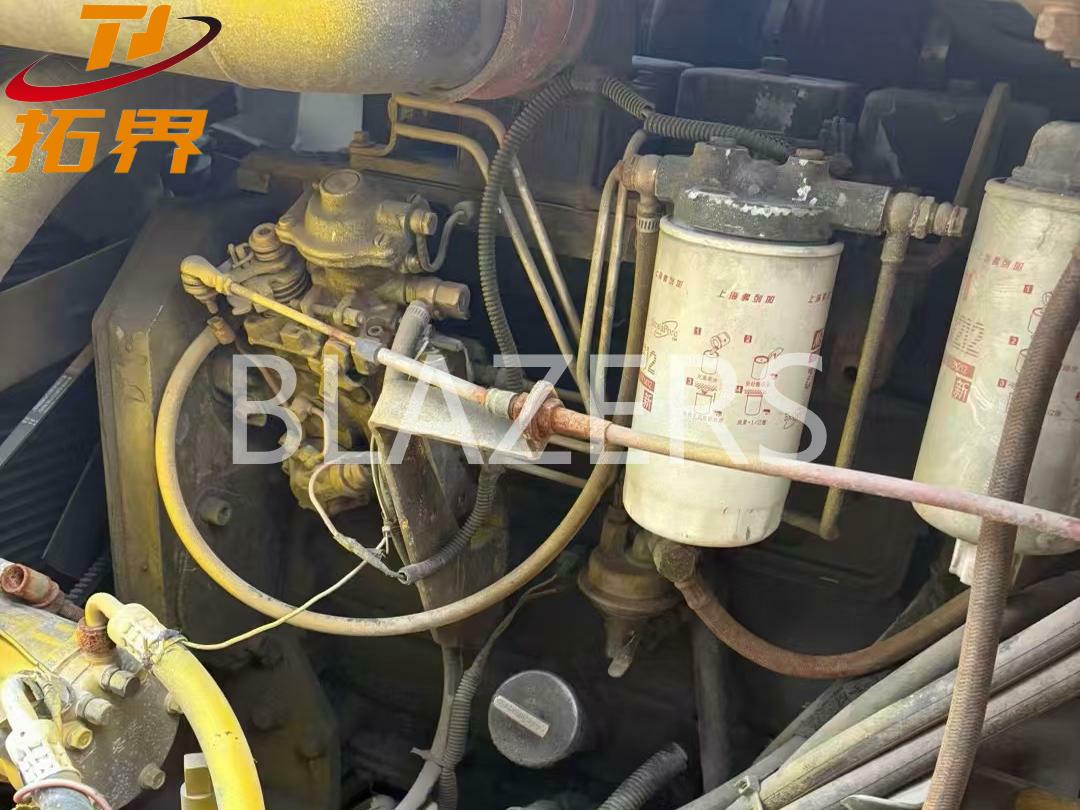The double-steel-wheel roller is suitable for the initial and final compaction of asphalt pavement as well as vibratory compaction, to enhance the density and smoothness.
About XCMG XD121 Double-wheel road roller
Narrate
This road roller has withstood years of testing and still maintains its powerful performance: it vibrates and compacts efficiently and stably, ensuring a smooth road surface; it is a product of the XCMG brand, durable and easy to maintain; its second-hand price is highly cost-effective, with savings of up to 30%. It has reliable export quality and is suitable for road construction and infrastructure projects. Purchase it now to enhance project efficiency.

When the tide of global trade washes over the beaches of equipment exports, some choose to build sandcastles with prices, while we forge lighthouses with high-quality steel. As guardians of the international circulation of second-hand equipment, we understand that what is transacted across borders is not the cold steel shells, but the industrial vitality flowing in the veins of the equipment.

12-ton XCMG XD121 Double-wheel road roller Specificaion
Model: XD121 (Mechanically Driven Single-drum Vibratory Roller)
Operating Mass: 12-ton class (Front drum mass ≈8.5 tons, Rear wheel mass ≈3.5 tons)
Drum Dimensions: Ø1,600 mm × Width 2,150 mm
Frequency: 28/35 Hz (Dual-frequency adjustable)
Amplitude: 1.7/0.9 mm (Dual-amplitude switchable)
Engine Model: Cummins 6BT5.9-C130
Rated Power: 96 kW @ 2,200 rpm
Travel Speed Range: 0-6.5 km/h (Same speed for forward/reverse)
Gradeability: ≥30%

Daily Maintenance Checklist for Road Roller
1. Check Fluid Levels & Fue
Inspect engine oil, hydraulic oil, transmission oil, and coolant levels (using dipstick or sight glass); fuel tank level. In hot weather (like current summer), coolant inspection is particularly critical to prevent engine overheating and shutdown.
2. Inspect Filters & Air Intake System
Check the cleanliness of air filter, fuel filter, and hydraulic oil filter; inspect air intake system for blockages. Lightly tap the air filter to remove dust (replace if severely dirty); ensure the filter element is undamaged. This step prevents contaminants from entering the engine, reducing 80% of early wear risk. At dusty construction sites (e.g., roadwork), daily air filter cleaning significantly enhances equipment efficiency.
3. Inspect Ground Contact Components & Brakes
Check tire/steel wheel pressure and wear (using tire pressure gauge); brake fluid level and braking performance (test by pedal depression); tightness of steel wheel or tire bolts. Daily inspections identify potential issues (e.g., loose bolts), preventing downtime repair costs.
4. Clean Machine & Check Fasteners
Remove mud, asphalt residue, and water stains from the roller’s surface; inspect critical fasteners (e.g., engine mounts, roller connection bolts). Clean with a soft brush or low-pressure water jet to avoid damaging electrical components. Post-cleaning, a tidy appearance improves heat dissipation. During rainy seasons, cleaning prevents corrosion, extending equipment life by 5+ years.
5. Operational Test
Start the equipment; check dashboard indicators (e.g., oil pressure, battery voltage); listen for abnormal noises/vibrations; test steering and compaction functions. Limit runtime to 2–3 minutes; stop immediately for troubleshooting if warning lights activate. Daily tests enable early fault detection (e.g., hydraulic system noise), reducing 30% of unexpected repair costs.